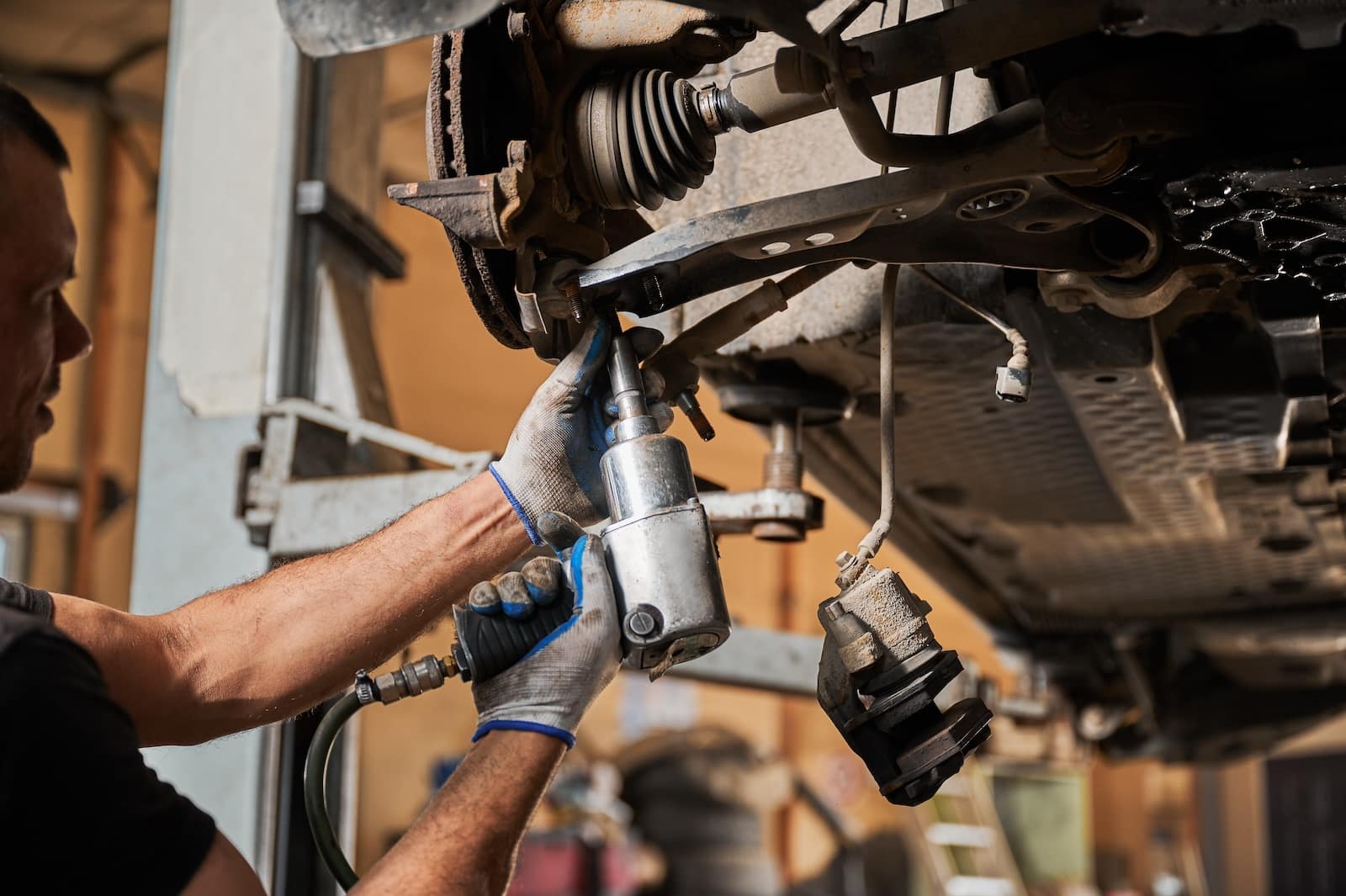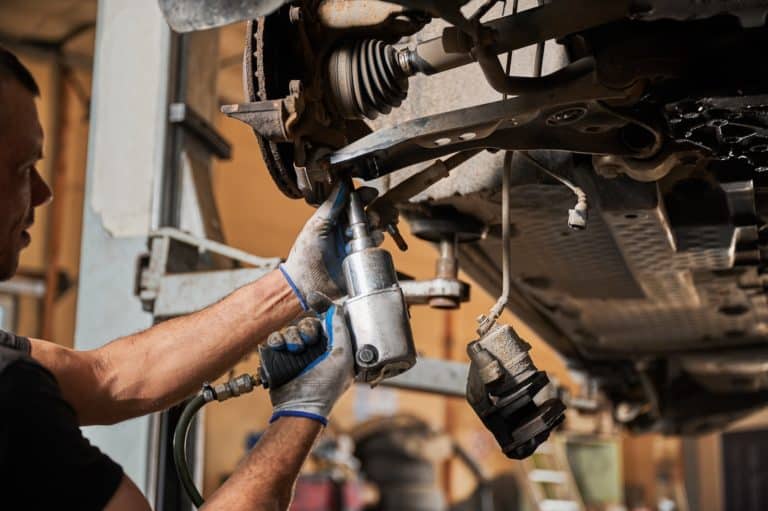ADAS Recalibration 101: The Critical Step Your Certified Auto Mechanic Won’t Skip After a Crash
Modern vehicles quietly rely on Advanced Driver Assistance Systems to steer, brake, and warn when you drift or approach danger too fast. Cameras, radar, lidar, ultrasonic sensors, and control modules make it all work. After even a minor collision, those components can shift a few millimeters. That is enough to throw off lane centering, adaptive cruise, or automatic emergency braking. A certified auto mechanic who knows ADAS will not hand back the keys until those systems are recalibrated and verified on the road.
What “recalibration” actually means
ADAS recalibration is the process of resetting cameras and sensors so the car’s software understands their exact position relative to the vehicle and the road. There are two core methods. Static calibration uses a leveled floor, specific targets, and precise distances for cameras and radar. Dynamic calibration uses a scan tool to put the car in learn mode, then a road drive at set speeds and conditions to let the system self-correct using lane lines and traffic. Many models require both, and each brand has its own targets, tolerances, and software procedures.
On paper, it sounds simple: align the targets, run the procedure, test drive. In practice, we measure floor slope within tenths of a degree, set targets at exact heights, monitor tire pressures, verify ride height, and confirm the steering angle sensor is zeroed. An inch off on a target stand can translate into yards of error at highway speed.
Why this matters after any impact
A front bumper tap at a parking lot can misalign a radar bracket behind the emblem. Replacing a windshield often shifts the forward camera’s view by a fraction. Changing a ride height sensor during suspension repair alters how the computer computes pitch. I have seen vehicles that seemed fine in town, yet on the interstate the adaptive cruise surged and braked unpredictably. After calibration, the same car tracked steady and kept a consistent following distance.
If your car exhibits late lane departure warnings, constant beeping in clean weather, or steering nudges that feel off-center, assume calibration is needed. Many manufacturers mandate recalibration after collision repair, windshield replacement, alignment work, bumper or grille service, suspension changes, or even software updates.
What a thorough shop checks before starting
A good auto repair shop does not jump straight to targets and laptops. The base vehicle has to be right first. Tires must match and be properly inflated. Wheels need to be aligned. Ride height, trim, and body gaps should look factory. Windshields must be OE-spec with the correct bracket and clear camera view. If the steering angle sensor is not centered, the lane camera will fight the pull.
In North Hampton, coastal moisture and winter grime add variables. Salt fog leaves film on cameras and radar covers. A local mechanic shop that sees these conditions daily will clean sensors, inspect brackets for corrosion, and check that the plastic bumper cover has the right paint thickness over radar zones, since heavy paint can attenuate signals.

What the process looks like at a professional level
- Vehicle pre-scan, battery support, mechanical checks, and software updates verified.
- Static calibration in a controlled bay with measured targets, level floor, and correct lighting.
- Dynamic calibration on mapped routes with clear lane lines, steady speeds, and minimal traffic.
- Post-scan, clear of transient codes, and a documented road test that verifies behavior at neighborhood, arterial, and highway speeds.
Expect 1 to 4 hours depending on the system count and brand, longer if underlying alignment or body issues appear. High-end European models, 360-degree camera suites, or multi-mode radars can push that window.
Edge cases that can trip you up
Aftermarket bumpers, lifts, or oversized tires alter sensor angle and ride height. Some systems can be recalibrated within a tolerance band, others cannot. A tinted windshield strip that intrudes on the camera’s view will cause failures on sunny days and pass on cloudy ones. Snowbanks along Route 1 can confuse blind-spot radar during dynamic procedures. Experienced techs plan the route and timing, and they do not sign off until repeatable results appear in multiple conditions.
How to choose the right partner in North Hampton, NH
If you are looking for a certified auto mechanic in North Hampton, NH, ask how often the shop performs ADAS recalibration, which factory targets and scan tools they own, and whether they provide printed before and after reports. A shop that invests in training and equipment will be transparent about prerequisites like alignments and windshield specs, and will coordinate with your body shop or glass installer so calibration happens at the right point in the repair.
When recalibration is required
- Any windshield replacement that touches a camera bracket or view path.
- Front or rear bumper, grille, or mirror work that houses sensors.
- Suspension, subframe, or steering repairs that affect geometry.
- Wheel alignments on vehicles where OEMs specify post-alignment calibration.
- Fault codes, warnings, or odd ADAS behavior after a collision or software update.
Skipping this step pushes risk onto the driver. Done correctly, recalibration restores the safety net you paid for and makes the car behave the way the engineers intended. If your vehicle has been in a crash, even a minor one, schedule ADAS recalibration as part of your auto repair services. A capable local mechanic shop with the right tools and patience will save affordable auto repair shop you time, money, and a scare on the highway.
